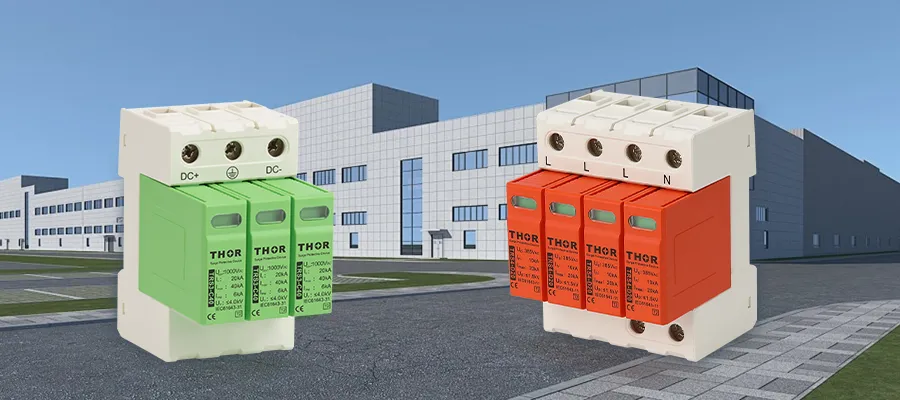A low-voltage surge protector is a device designed to safeguard sensitive electronic equipment from voltage spikes occurring in low-voltage power lines.
These devices operate by diverting excessive voltage to the ground line, thereby preventing it from damaging connected equipment.
They are essential for protecting devices such as computers, audio/video systems, and other electronics from surges caused by lightning strikes, fluctuations in the power grid, or failures in electrical equipment.
Low-voltage surge protectors typically utilize components like metal oxide varistors (MOVs), gas discharge arresters, or silicon avalanche diodes.
These components detect surge currents and redirect them, effectively absorbing and dissipating the excess energy.

Surge protectors are rated based on the energy they can absorb, measured in joules; a higher joule rating indicates better protection.
While low-voltage surge protectors can mitigate damage from most common surges, they may not fully protect against extremely high-energy events, such as direct lightning strikes.
For critical equipment or areas prone to severe electrical disturbances, additional protective measures such as interruptible power supplies or facility-wide surge protection systems may be necessary.
Regular inspection and timely replacement of surge protectors are crucial, as their protective elements can degrade over time or after significant surge events.
How Low Voltage Surge Protectors Work
When a voltage surge exceeds a predetermined threshold, a surge protector rapidly shunts the excess energy to ground or a low-impedance path, effectively bypassing the connected equipment.
This process is typically facilitated by components like metal oxide varistors (MOVs), gas discharge tubes, or silicon avalanche diodes that can absorb and dissipate the surge energy.

Application of low voltage surge protector
Low-voltage surge protectors are commonly used to safeguard sensitive electronic equipment operating at voltages below 1000 VAC or 1500 VDC from damaging voltage spikes and transients.
These devices are strategically installed at critical points in electrical systems, such as power inputs, data lines, and signal circuits, to divert excessive voltage away from the protected equipment.
Low-voltage surge protectors are essential for safeguarding a wide array of electronic systems, including:
- Computers and networking equipment
- Audio/video systems
- Security and surveillance equipment
- Fire alarm panels
- Industrial control systems
- HVAC equipment
When selecting a low-voltage surge protector, consider the following factors:
- The operating voltage and current of the equipment being protected
- The level of surge energy expected in the environment
- The required response time and voltage clamping level
- Applicable safety standards (e.g., UL 1449, IEC 61643)

4 responses to “What is a low voltage surge protector?”
Well I definitely enjoyed studying it. This article procured by you is very practical for good planning.
The article delivers a solid, clear explanation of what low-voltage surge protectors are and why they’re important, especially for safeguarding sensitive electronics from power spikes and grid irregularities. It effectively describes the internal components (MOVs, gas discharge tubes, avalanche diodes), and gives practical advice about selecting devices based on operating voltage, expected surge energy, response time, and safety standards. What stands out is the reminder that surge protectors aren’t infallible—extreme events like direct lightning strikes may overwhelm them—so layering protection (e.g., whole-facility systems or UPS) and regular inspection are wise.
This article provides a clear and concise overview of low-voltage surge protectors, explaining not only how they function (e.g. diverting excess voltage to ground via components like MOVs, gas discharge tubes, or diodes) but also delineating their limitations—especially in confronting extreme events like direct lightning strikes—and underscores the importance of selecting appropriate ratings and periodically replacing degraded units.
You made some decent points there. I did a search on the topic and found most people will consent with your blog.